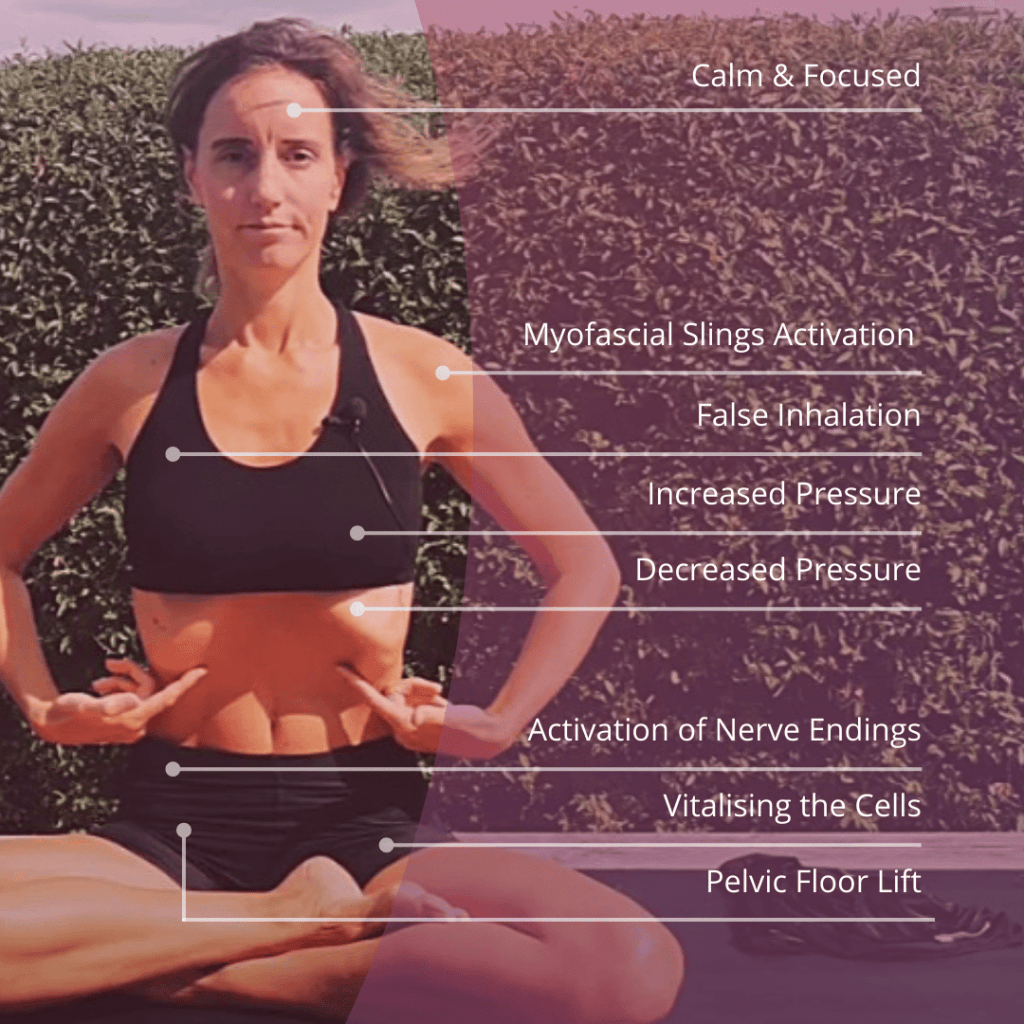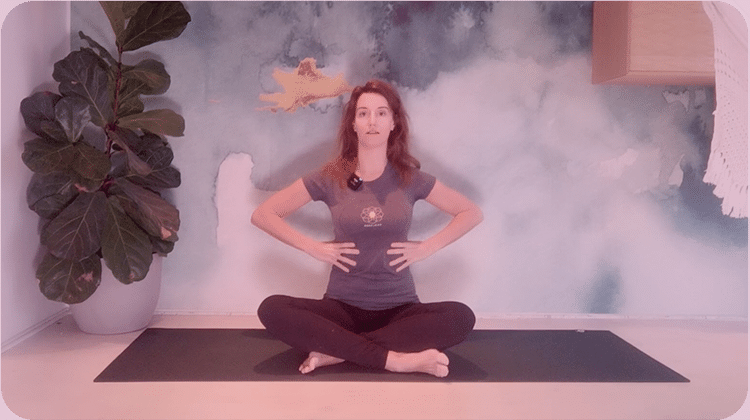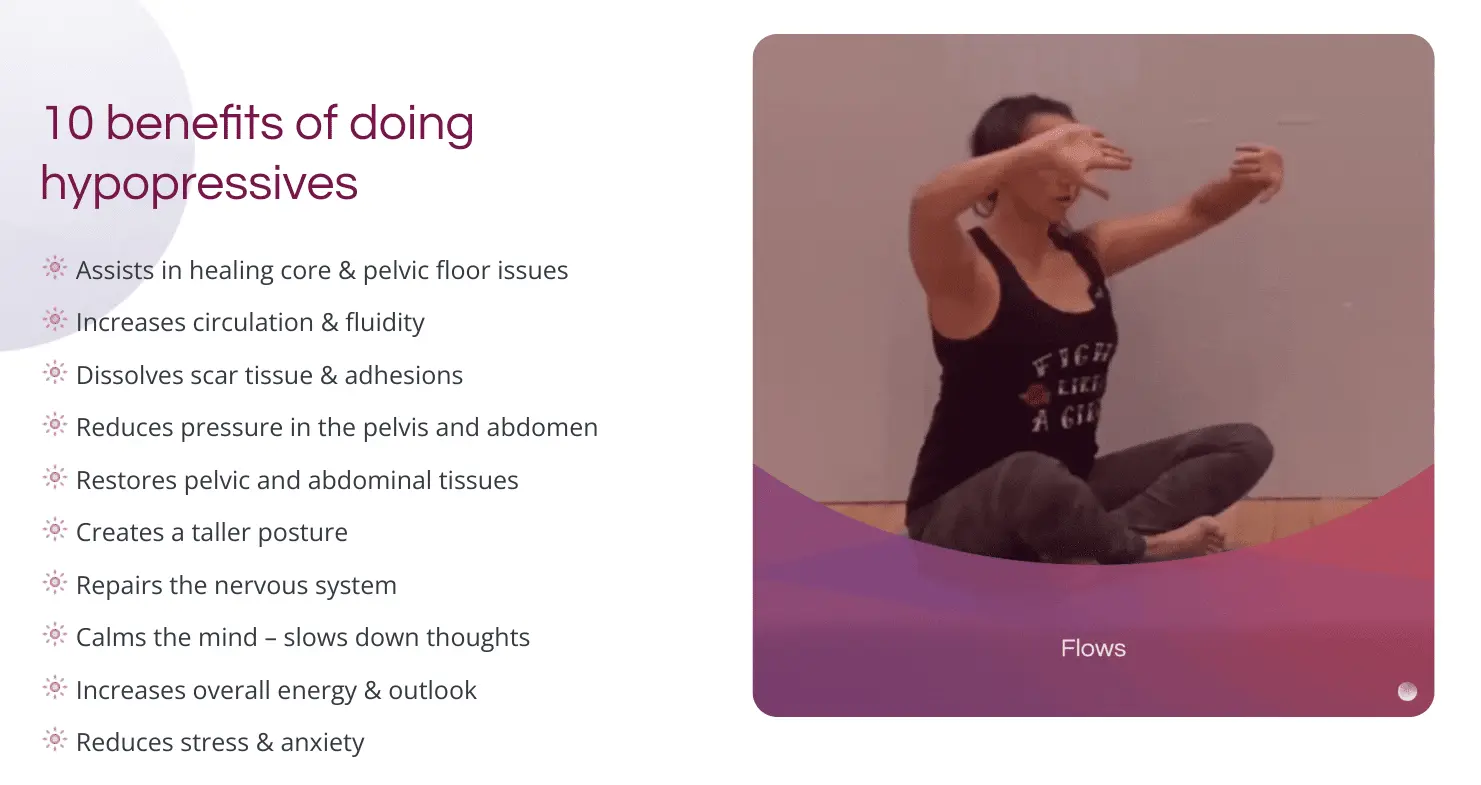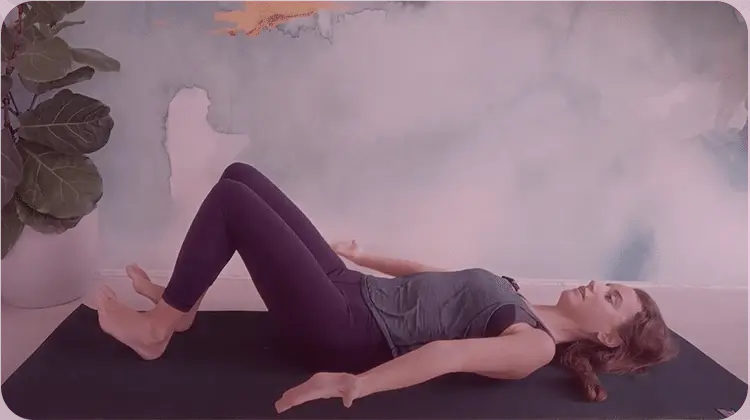What are Hypopressive exercises: The history, function, & goal of these exercises
- December 28, 2022
- Pelvic Floor

Hypopressive training exercises are getting a lot of buzz lately, but to many women’s surprise, they have been around since the 1980s.
Even though pelvic floor dysfunction is not a new phenomenon, it’s taken decades for this revolutionary pelvic floor healing technique to become more known.
This can be explained in a few words – women’s pelvic floor health is taboo. At least it has been for the last few centuries.
This is why most women who experience prolapse, incontinence, or painful sex don’t talk about it. Not with their doctor, friends, or their partner.
Instead, women carry shame and live with the embarrassment of having pelvic floor dysfunction. As if it’s somehow their fault. The real injustice here is the lack of education from our schools, midwives, and healthcare teams.
Fortunately, women are beginning to take their health back into their own hands. And a big focus is on pelvic floor health, which is where the topic of Hypopressives fits in.
This incredible healing modality helped me reverse a Grade 3 prolapse (along with other holistic healing methods). And Hypopressives are helping 100s more women do the same.
So, if you’re here to find out, “What are hypopressive exercises,” you’re in the right place. Let’s get started!
The History of Hypopressive training
In the early 1980s, Dr. Marcel Caufriez from Belgium and a team of experts created the Hypopressives method.
The intention of these exercises was to heal pelvic floor dysfunctions, such as prolapse or incontinence. As such, they were targeted at postpartum women.
Yet, as we are seeing today, women of all ages, whether they’ve had a baby or not, are experiencing some kind of pelvic issue. In fact, statistics show that 50% of all women will experience some form of pelvic dysfunction at some point in their lives.
This doesn’t only mean prolapse and incontinence. Other symptoms include heaviness, pelvic pain, low libido, painful sex, back pain, constipation, hemorrhoids, and more.
Let’s jump back to the history of Hypopressives. Since the 1980s, the method has been studied and adapted further by Tamara Rial (Ph.D.) and Piti Pinsach of Spain. This meant that for decades Hypopressives were only available to Spanish speakers.
But that changed a little over 10 years ago when Personal Fitness Trainer, Trista Zinn of Canada translated them into English.

Here’s more on that story. Trista first discovered Hypopressive exercises on YouTube. Tamara Rial was teaching them in Spanish, and although she didn’t understand a word, intuitively, she knew they made sense.
Given her many years of experience in the field of exercise science, she followed along as best she could. Given the positive changes she felt in her pelvic floor, she wanted to explore this method further.
So she headed off to Spain to become trained in the Hypopressive method. She felt a strong pull and needed to bring this powerful method back to her clients in Canada.
Not too long after this time, Abby Lord, Master Hypopressives Trainer at MoonRise, did the same thing.
She found herself in Spain training in the method and sharing it with women in Scotland. Abby also teaches this method to women around the world, with the first safe, on-demand Hypopressives Course.

Disclaimer: Given the complexity of these exercises and the need for 1-to-1 guidance, Trista, Abby, and I don’t advise practicing Hypopressive exercises from YouTube videos.
The function of Hypopressive exercises
In this section of the blog, you’ll be able to visualize the answer to the question – what are hypopressive exercises?
But first, as a reminder, the function of Hypopressive exercises is to restore pelvic floor health. In addition, these exercises target your entire core through postural alignment work combined with a very specific breathing protocol.
It’s important to note that the breathing protocols in Hypopressive training are unlike anything you’ve done before. This includes breathwork you’ve learned in yoga, such as belly breathing or pranayama.
Also, to put some context behind the posture and breath work in Hypopressives, let’s unpack each one real quick.
The postures you practice in this method, include alignment in laying down, sitting, standing, and quadruped (on all fours) positions.
As for the breathing protocol, you will learn diaphragmatic lateral breathing, and apnea breathing (breath holds).
To learn more about these two types of breathing exercises, check out this blog. But for a general overview of the importance of the Hypopressives breath protocol, keep reading.
Hypopressive breathing: Where the magic happens

As we’ve talked about before, posture and breath are the two main components of Hypopressive exercises.
And that’s because your posture affects your respiratory diaphragm, which affects the way you breathe. And the way you breathe affects your posture. As you can see, the two are inextricably linked together.
Here’s an example to paint a picture of this connection.
When you breathe through the top of your chest (which many of us do unconsciously), the diaphragm can’t fully expand out laterally. This type of restricted breathing can create excess pressure in your abdominal cavity.
If the pressure in the abdominal cavity becomes too much, that pressure can get sent down toward your pelvic floor.
With Hypopressive breathing, you learn to inhale and exhale in a more fluid fashion, helping the diaphragm function better. Again, with a healthier diaphragm, your posture improves and takes the pressure off your pelvic floor.
Without the excess pressure in your pelvic floor, you start to feel more relief as symptoms improve.
What is the goal of practicing Hypopressive exercises?

Just like the function of Hypopressives, the goal of Hypopressives is to reverse and heal symptoms of pelvic floor dysfunctions.
With a regular Hypopressive practice, these exercises can…
- Reduce pressure in your pelvic floor and core
- Create blood flow and circulation in your pelvic floor and entire body, helping to nourish and cleanse your body at the cellular level.
- Strengthen the fascia (connective tissue) in your core and pelvic floor to support your pelvic organs better
- Create a “lift effect” to guide the pelvic organs back to their proper places
- Calm and relax the nervous system thereby reducing anxious thoughts and feelings
In Summary
Do you feel confident enough to answer the question “what are hypopressive exercises” if your friend asked you? Or maybe you can at least explain some of the benefits of hypopressives to them!
As mentioned, the MoonRise team has partnered with Abby Lord, Master Hypopressives Trainer. She teaches these exercises to our customers, in our paid course. But she also hosts FREE Live Webinars every week to teach anyone and everyone about these exercises and to give them a taste of what it feels like to practice them!
Secure your spot in one of the upcoming Webinars by choosing a date and time to attend.
Excited to see you there!
Blog posts you might like:






